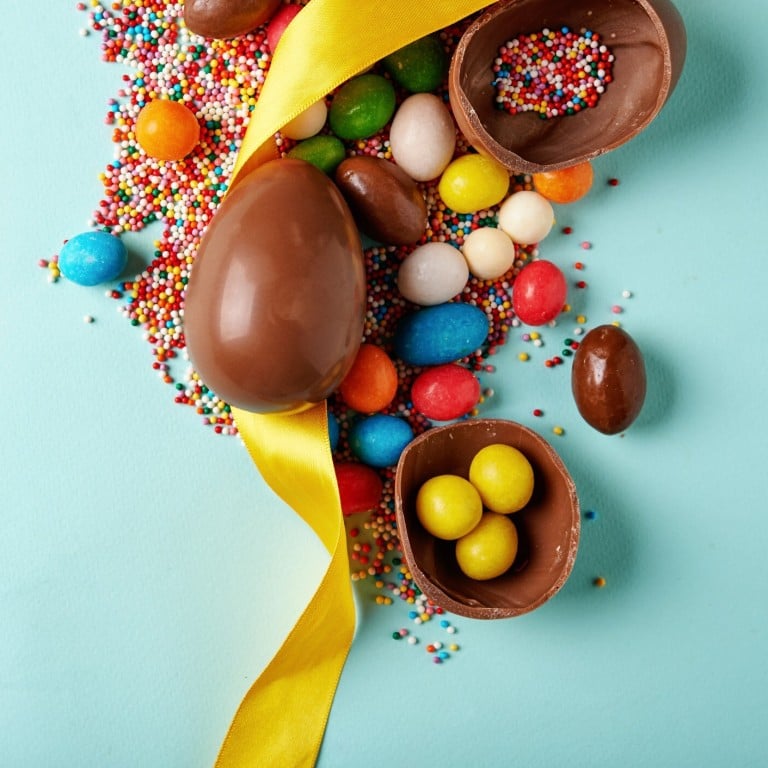Easter traditions: why we eat chocolate – and why all the eggs, baby chicks, bunnies and pastel colours?

Spring is the season of ‘rebirth’, the egg represents life itself, but did you know there is a kinky side to the Easter bunny?
When we stuff ourselves with yummy chocolate eggs and bunnies at Easter, do we ever stop to think about why we actually eat them? Many religious celebrations come with a great dose of delicious goodies, all with a highly nutritional – and sacred – value. The egg represents life itself, and its key symbolism predates the rise of religion. As with many holidays, the origins of Easter traditions are rooted in paganism.

The Ancient Romans were among the first to paint red freshly hatched eggs to hand out as gifts at lavish banquets to both adults and children to wish them well and chase away illness and jinx. “The colour red, recalling that of blood, stood as a symbol of potency and regeneration, while ever since the birth of humanity the egg has always represented fertility and a new beginning. An egg has a perfect shape that fascinates mankind, it’s a miracle of nature. It holds within the mystery and kernel of life both in terms of healthy nutrients concentrate and symbolically,” says Anna Maria Pellegrino, member of Italy’s prestigious Cuisine Academy.
Spring is the season of “rebirth” when nature wakes up from the winter sleep and hens hatch the most eggs, so gifting one to friends and relatives, especially lavishly decorated, was a blessing.

The end-product of the egg is … the baby chick. In the past peasants had a knack for examining eggs at night through candlelight to see if they had been fertilised, making these all the more precious. Hence today, ornamental cute chicks peek out of pastel-coloured hatched eggs and fake nests are full of tiny chocolate eggs. The pastel-colours hint at the fluffy sweetness and delicateness of spring and at the refreshing joy that comes with it, such as a ray of light after the darkness of winter.

While Italians celebrate Pasqua – recalling in name the Jewish Pasch (but which has nothing to do with Christ’s resurrection) – English-speaking people have Easter, hailing back to a north European pagan goddess.
“Many scholars believe that Easter had its origins as an early Anglo-Saxon festival that celebrated the goddess Eostre, and the coming of spring, in a sense a resurrection of nature after winter. Apparently eggs were eaten at the festival and also possibly buried in the ground to encourage fertility”, says Carole Levin, professor of history and director of the Medieval and Renaissance Studies programme at the University of Nebraska. “All over the ancient world there were celebrations that involved eggs as symbol of fertility”, as far back in time as Egypt and Babylonia, where religious rituals featured dyed eggs.